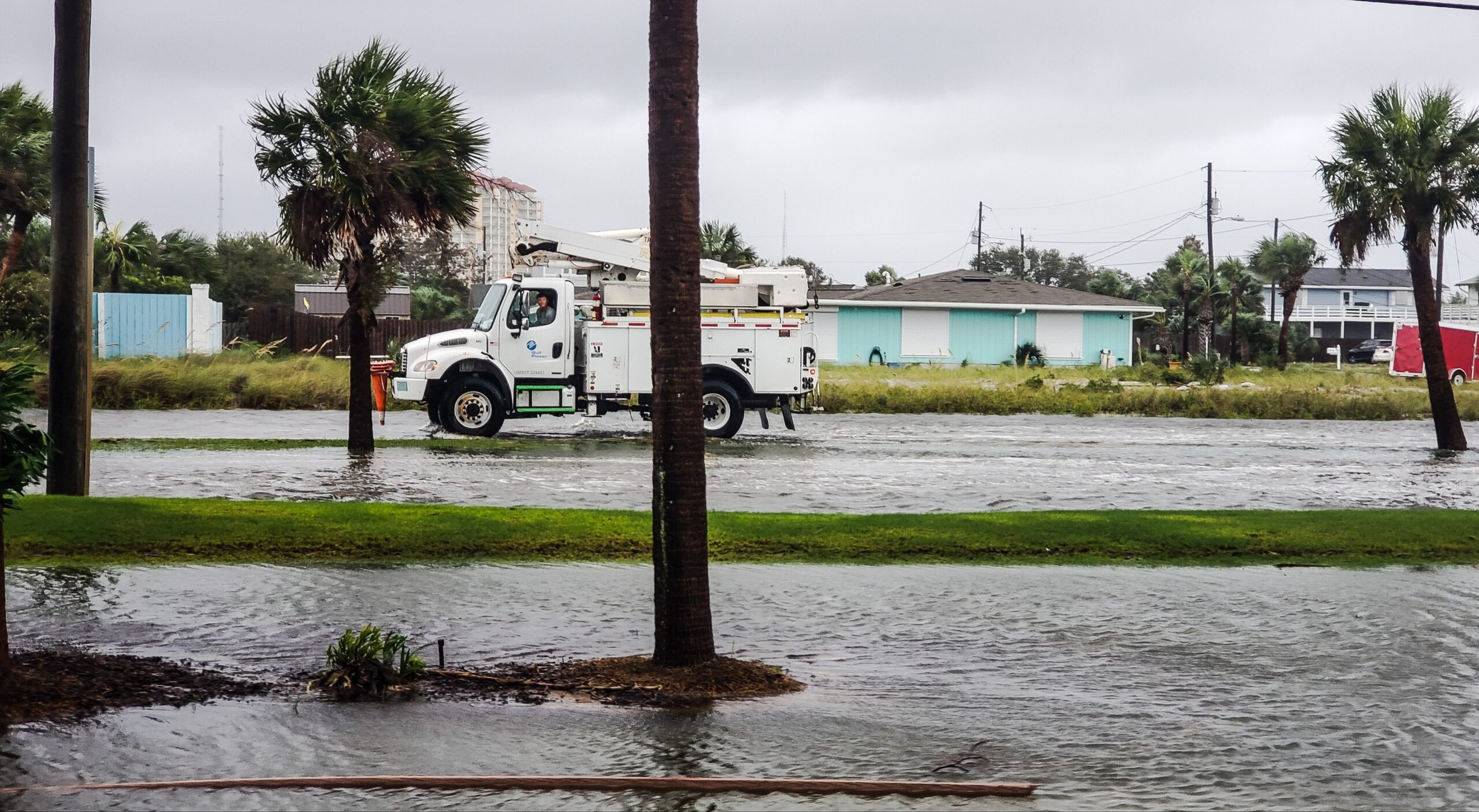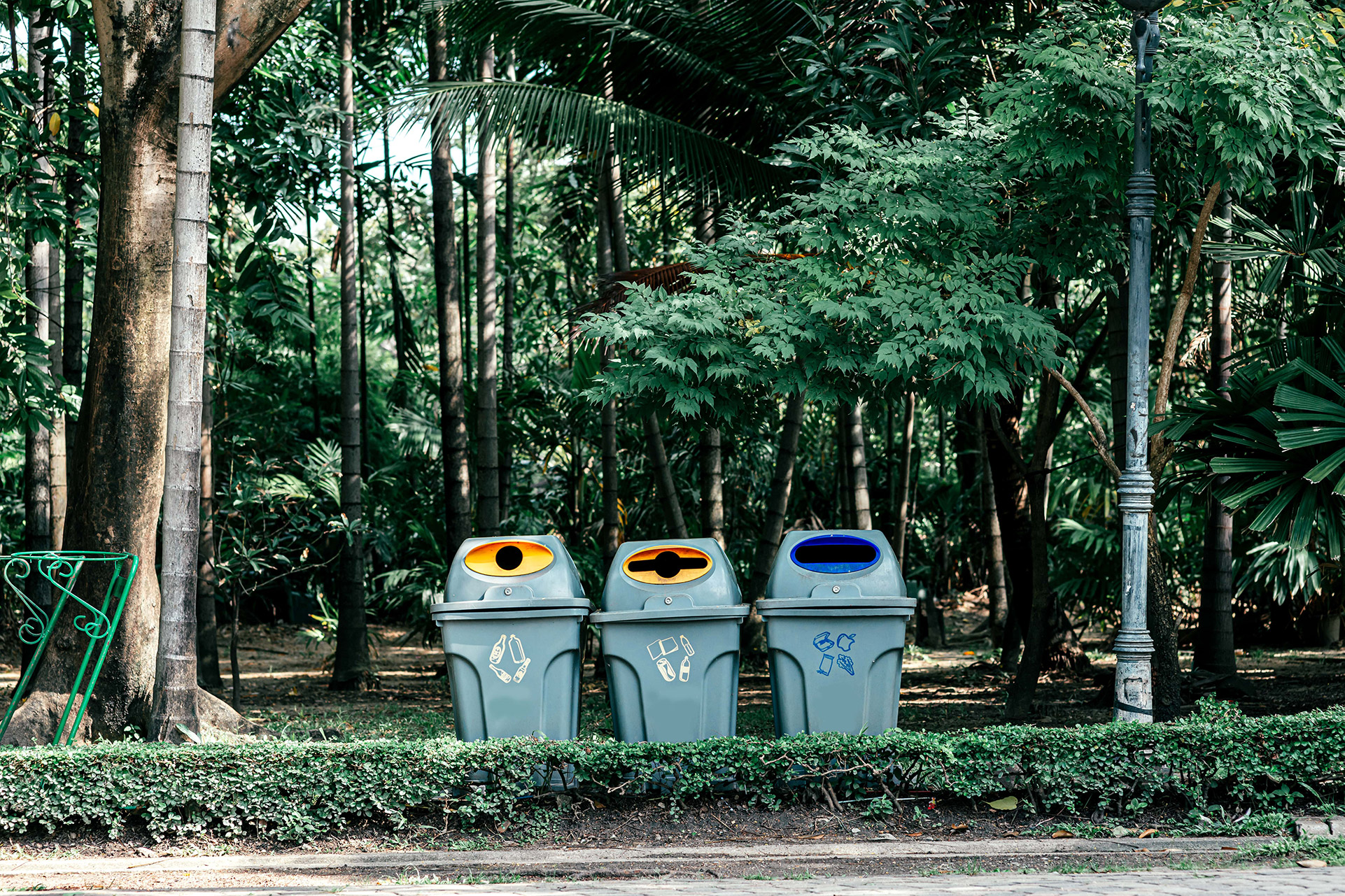The Seven Sins of Greenwashing:
1. Hidden Trade-Offs
There are many ways to label a product to make it sound very eco-friendly. Claims like ‘made with recycled contents’ or ‘compostable’ are sometimes emphasized and used to cover up other environmentally damaging factors the company commits when creating the product. Even though something can be recycled, environmental costs of unethical working conditions, high emissions and solid waste production, overexploitation of resources, or high resource consumption are often swept under the rug.
2. No Proof
Many companies self-proclaim themselves as environmentally friendly even though they have no factual proof of what they claim. You may see this on products claiming to be made with certain amounts of recycled materials or specific amounts of emissions being reduced but do not have the certification to prove what they are saying. These empty claims can be very damaging to the environment as it allows big companies to get around environmental laws.
3. Vagueness
You can find countless labels throughout stores claiming they are ‘all natural’ or ‘sustainable.’ What does that even mean? These labels are misleading because the right combination of environment-related words can easily persuade the general public into thinking they are supporting a company that really cares about the environment.
4. Irrelevance
This occurs when a company promotes an environmental claim that is technically true but irrelevant to the product. The most common example of this is the claim of “CFC-Free.” Chlorofluorocarbons (CFCs) are a type of man-made greenhouse gas primarily produced within air conditioning units. However, CFCs have been banned by law since the 1970s. The claim “CFC-Free” tricks people who are unaware of current environmental laws or production standards to believe that the company is actually environmentally conscious.
5. Lesser of Two Evils
It is common for companies to make environmental claims even when the overall product has little to no environmental benefits, to begin with. For example, the automobile industry is a massive contributor to greenhouse gases and global CO2 emissions. Some car companies claim that their cars require “greener” fuel or that their cars are “more fuel-efficient” when in reality, owning a car is one of the worst things you can do for the planet. No matter how green the fuel is, the car will still produce large amounts of greenhouse gases.
6. Fibbing
Many companies get away with claims or labels that are straight-up, not true. An example of this includes claims of cars emitting zero carbon dioxide emissions into the air. As ridiculous as this may sound, countless companies are still getting away with lying to their customers – and their customers fall for it every time.
7. Worshiping False Labels
The average person sometimes can’t tell the difference between an actual environmental certification and a fake one. This creates a very misleading claim for the customer as the company is taking advantage of and buying its way out of following actual environmental laws and standards. Another example of this is when companies put pictures of trees or use green colour for the label but don’t change the product’s contents. Many people take for granted that all it takes for something to be environmentally friendly is to have the words’ eco’ written in green letters.
Greenwashing is a big idea to grasp at first, but unfortunately, it’s the truth. The reality of greenwashing is that it is all around us, and it is meant to be overlooked. With over 90% of products pushing false claims, it is crucial to know how to look for products that are doing good for the environment.










